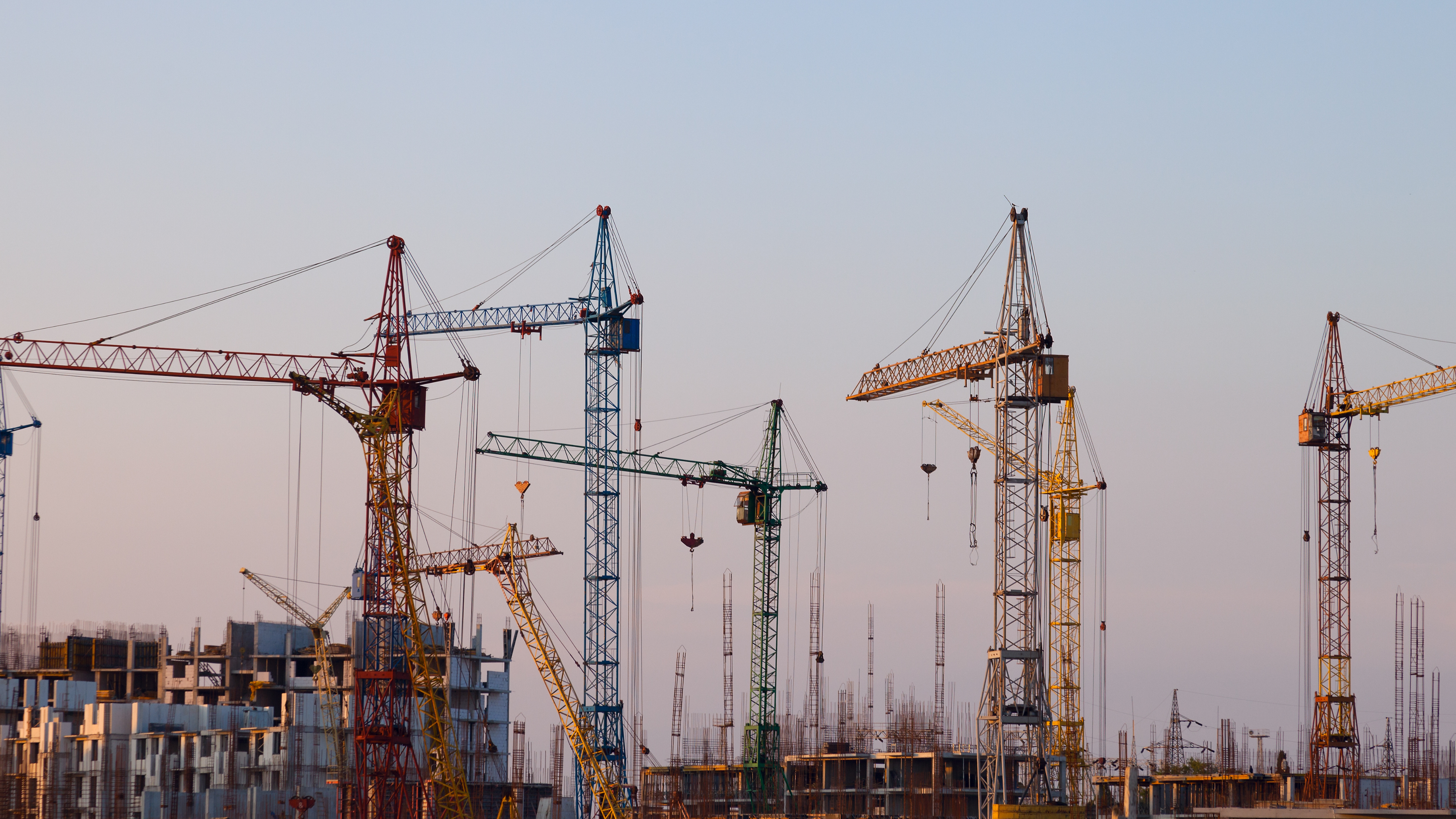
Nuclear Industry Applauds Ontario’s Commitment to Refurbish Reactors
OTTAWA (15 octobre 2013) – The Ontario government’s commitment to refurbish nuclear reactors is good news, the Canadian Nuclear Association said today.
“Renewing the reactors at the Darlington and Bruce nuclear generating stations will mean thousands of jobs for Ontario,” said CNA president Heather Kleb. “It also means nuclear energy will provide another 25 to 30 years of safe, reliable and affordable power and offset huge amounts of greenhouse gas emissions.”
According to a 2012 study by Canadian Manufacturers and Exporters (CME), refurbishing four reactors at Darlington and six reactors at Bruce Power would create 10,636 jobs lasting ten years. In all, renewing the lives of these ten reactors would grow the Canadian economy by $3.1 billion annually.
CME estimated that 80% of direct spending on capital equipment and infrastructure would remain in Canada, and that Canadian labour would pick up 90% of the work.
“The nuclear industry looks forward to confirming the refurbishment schedule when the provincial government updates its Long-Term Energy Plan this fall,” said Kleb.
She acknowledged the industry’s disappointment with Ontario’s decision to defer its plan for two new reactors at the Darlington station due to lowered demand forecasts. “The CNA anticipates new reactors will be required in the future, and that will bring Ontario further positive economic and environmental contributions,” she said.
CME’s study found that building a new, full-sized, two-reactor nuclear power plant would create 21,600 jobs and grow the Canadian economy by $4.82 billion per year over the five-year construction project.
Of the 20 CANDU reactors built in Ontario, 18 are in full service. On average, they have provided 55% of Ontario’s electricity over the last five years, according to the Independent Electrical System Operator.
The Canadian nuclear industry directly employs 30,000 people. They mine and mill uranium, design and build reactors, generate electricity, advance medicine through life-saving diagnostics and therapies, and enable manufacturers to improve their product quality. The industry’s suppliers employ another 30,000 Canadians.
In all, the nuclear industry creates $6.6 billion of economic activity annually, including $1.2 billion in exports and $1.5 billion in taxes.
According to the World Nuclear Association, the global nuclear industry is building 70 reactors today, with concrete poured and construction underway. Another 173 reactors have received project approval and financing, and should begin to operate within ten years. Firm proposals exist for another 314 reactors. These reactors could begin to operate within 15 years.
According to the U.S. Energy Information Administration, electrical generation from nuclear energy will more than double between now and 2040, driven by concerns about energy security and greenhouse gas emissions.
Nuclear power continues to be the largest source of non-hydro, low-carbon electricity globally. When considering the entire power generation life cycle—mining, construction, operation and decommissioning—nuclear is one of the cleanest technologies available.
-30-
Renseignements :
Malcolm Bernard
Directeur des communications
613-237-4262, poste 110


